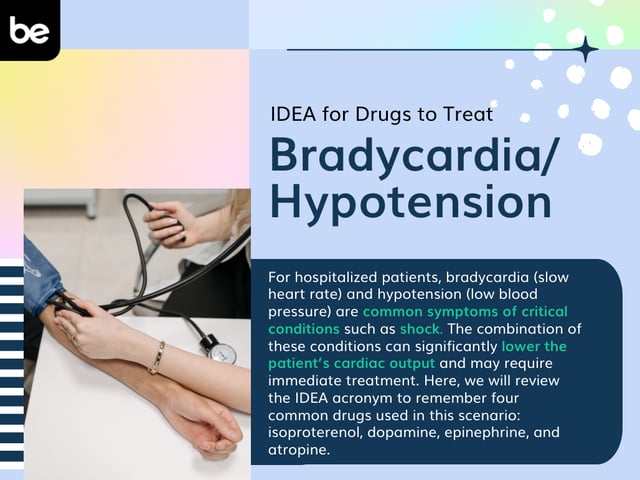
Tips for Medical Professionals During the COVID-19 Pandemic
When something rocks the world, we all feel the effects. The recent development of the novel coronavirus has done just this. Whether you work as a nurse, doctor, medical assistant, EMT, or have another role in the healthcare field, there are things you can do to help others and to keep yourself and your family safe. First, know the facts. Knowledge will help you deal with the effects of this pandemic and assist others as they do the same. The public will look to you for guidance, so be informed.
A Brief History of COVID-19
So what exactly is this novel coronavirus? The coronavirus disease 2019, commonly known as COVID-19, is a contagious, viral, respiratory illness. This virus was first identified in Wuhan, China in December 2019. As of late March 2020, it has spread to over 200 countries and has infected over 575,000 people worldwide. Of more than 575,000 people infected, more than 26,000 have died. These numbers are only expected to grow over the next weeks to months before the global pandemic eases.
How This Affects You as a Medical Professional
Medical professionals across the world are experiencing unprecedented times. The fears of the known and the unknown are strong. How will our patients be cared for? Will the healthcare systems be overwhelmed with virus-ridden patients? How will we protect ourselves and our families? These questions cannot be fully answered yet, but healthcare professionals can educate themselves and take measures to help prevent the spread of this virus.
COVID-19 Transmission Facts and Symptoms
COVID-19 is transmitted via airborne droplets and contact vectors. Infected persons can spread the infection several days before showing signs of the illness. Symptoms of COVID-19 include fever, cough, and shortness of breath. These symptoms are very similar to traditional flu-like symptoms, however, the extent of respiratory distress is often greater with COVID-19.
The Risks of the Disease
While mild respiratory symptoms present in the majority of cases, for those at increased risk of illness and those with preexisting conditions, the symptoms become much more severe. People at highest risk of both contracting and experiencing complications from COVID-19 include people over the age of 60; those who are immunocompromised; and those with heart disease, lung disease, and diabetes. Pregnant women are also classified as an increased risk group.
Treatment
Treatment for COVID-19 right now revolves around symptom-supportive therapy. There are no medications or vaccines to treat or prevent COVID-19. Several medication and vaccine trials, however, have developed over the past several weeks. These will hopefully provide some promising results to help decrease the overall impact of COVID-19 on the world.
Helping Your Patients and Community
In the community and in the hospital, medical professionals must advocate for the decreased spread of transmission as well as provide the best patient care to promote recovery. It is also important to always follow the maximum protection procedures indicated by your healthcare facility.
In the intensive care units, supplies, isolation garments/personal protective equipment (PPE), and respiratory support equipment—such as ventilators—may become increasingly scarce. Healthcare providers must be creative and patient while caring for the ones most deeply affected by this virus.
Safeguarding Your Family
Outside of the healthcare setting, many medical providers are personally affected by the overarching effects of COVID-19. Children have been dismissed from school and care centers, often with several lesson plans to do during their time away. Assisted living facilities and nursing homes have shut their doors to prevent the spread of the virus to their high-risk residents. Families have been restricted from meeting together in public places. Small, hometown businesses and even many larger corporations have lessened their public access or closed completely.
With new changes every day, medical providers are increasingly concerned about how to manage their new lives at home and their continued, needed presence on the front line.
As you try to balance all these new tasks, here are some tips about keeping your own family as safe as possible:
- Stay at home when possible.
- Wash hands frequently and properly.
- Avoid wearing scrubs or other work-related clothing into the house. Change before greeting the family and wash clothes in hot water after every shift.
- Stock up on 1-2 weeks’ worth of necessary supplies to decrease the frequency of going to the stores.
- Eat well, exercise, remain calm, and rest.
When You Need More Information
You have probably noticed that the Internet has exploded with all sorts of “expert” information about COVID-19. As for any topic, some information is more accurate than the rest. For the latest updates and additional accurate information, one of the best sources is the Centers for Disease Control and Prevention, accessible here and here.
A Final Word About Social-Distancing
The implementation of social-distancing could not be more important than it is at this time. If we can work to prevent incredible numbers of people being infected with COVID-19 all at once, we can provide more resources to more people and “flatten the curve”, without overwhelming the healthcare system and ourselves.

Keep Reading

National Council Licensure Examination-Registered Nurse Blog
What to Expect in Nursing School Clinicals
The clinical experience is a rite of passage for all nursing students, …

National Council Licensure Examination-Registered Nurse Blog
What is the NCLEX Next Generation (NGN) Exam?
If you’re interested in becoming a registered nurse, you likely know th…

National Council Licensure Examination-Registered Nurse Blog
IDEA for Drugs to Treat Bradycardia/Hypotension
For hospitalized patients, bradycardia (slow heart rate) and hypotensio…